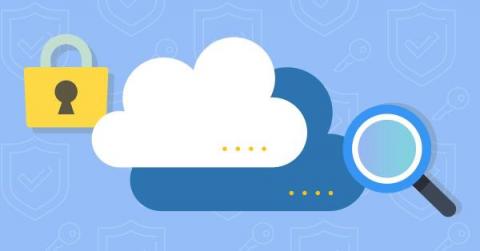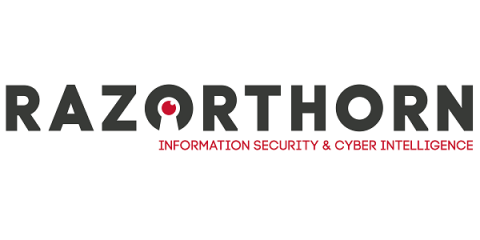What Is FIM (File Integrity Monitoring)?
Change is prolific in organizations’ IT environments. Hardware assets change. Software programs change. Configuration states change. Some of these modifications are authorized insofar as they occur during an organization’s regular patching cycle, while others cause concern by popping up unexpectedly. Organizations commonly respond to this dynamism by investing in asset discovery and secure configuration management (SCM).











